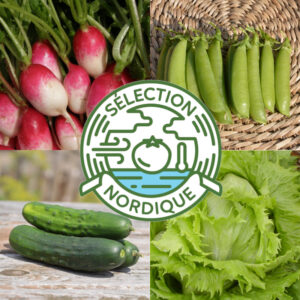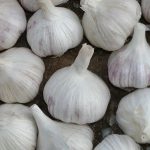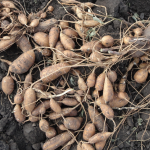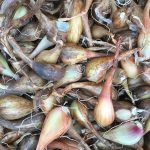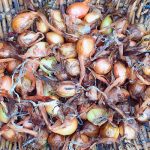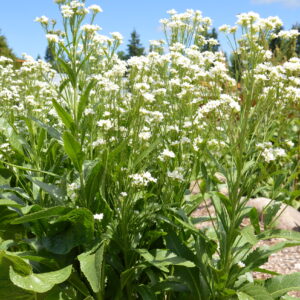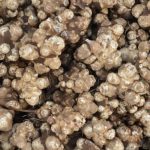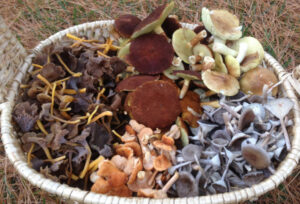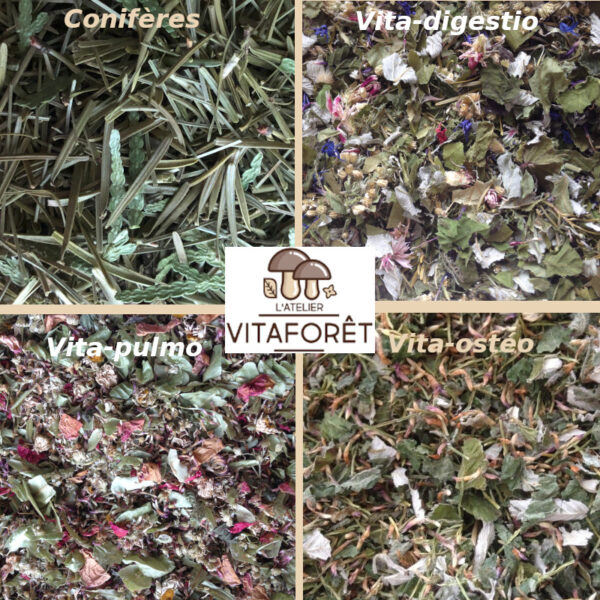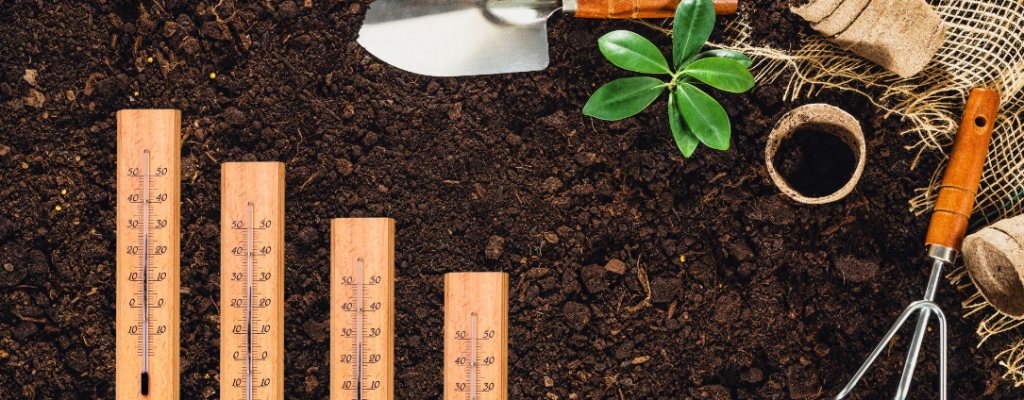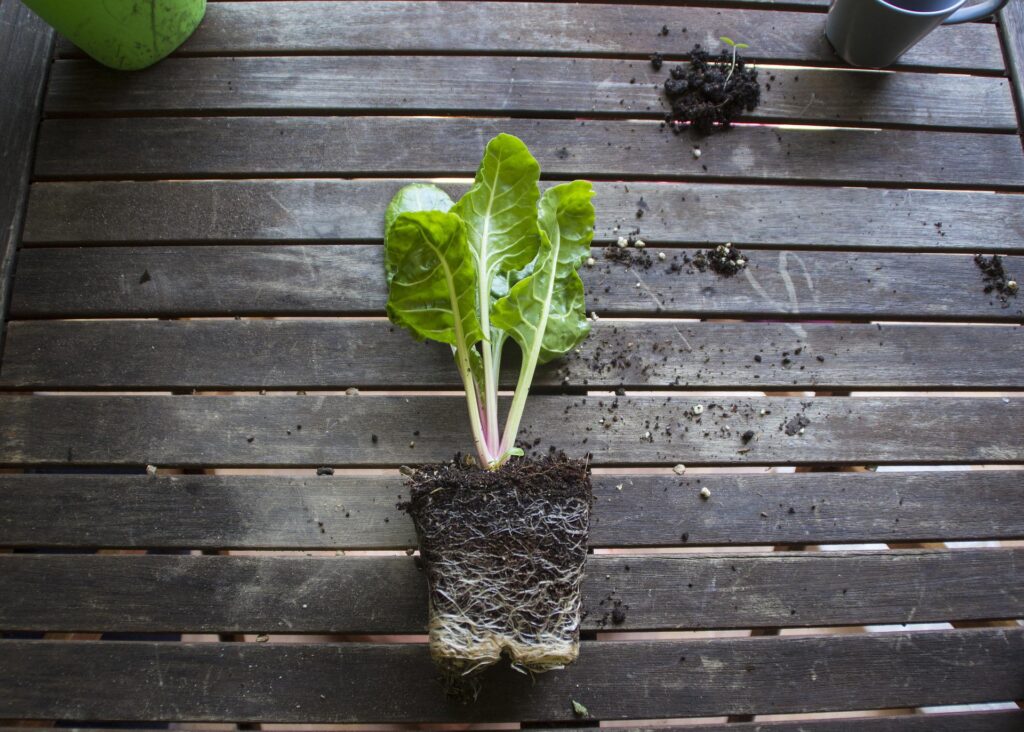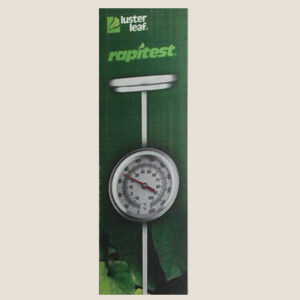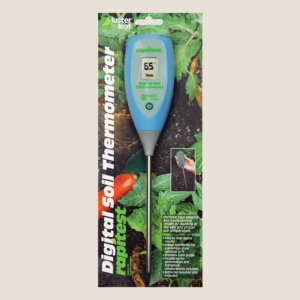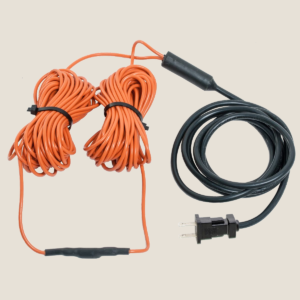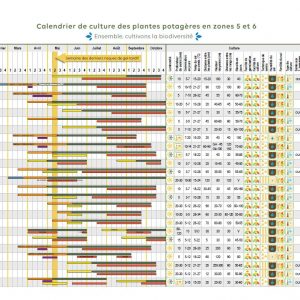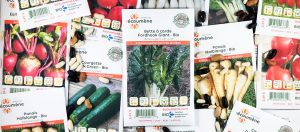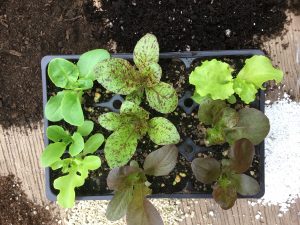When is the right time to plant or sow in the vegetable garden?
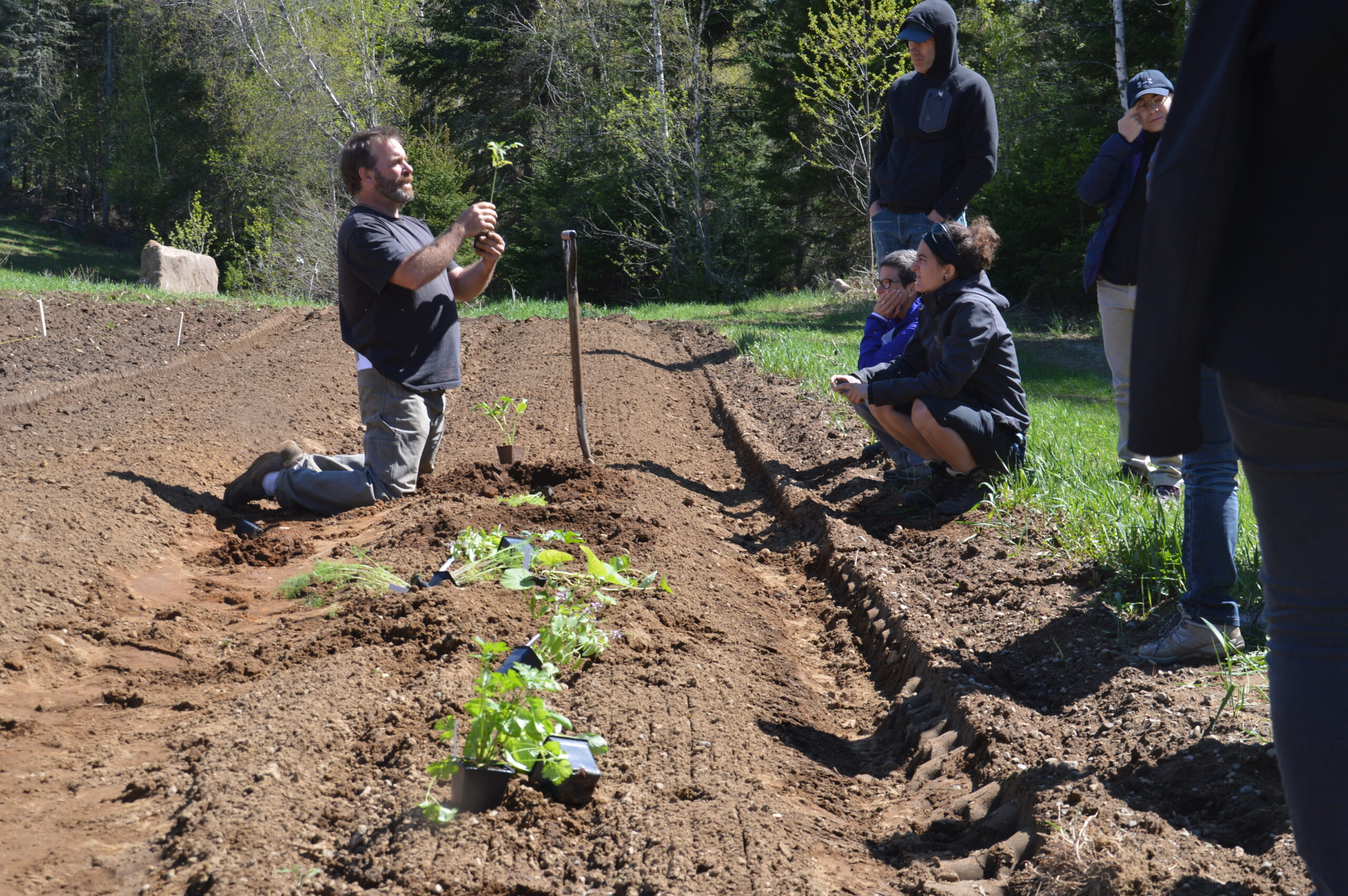
Every year, the right time for the start of sowing and especially planting in the vegetable garden is the subject of heated debate. There are those who swear by the method based on nighttime temperatures. This rule consists of starting plantings when the night temperature is more than 10°C for a period of 5 to 7 days. Others prefer to wait for this or that phase of the Moon to plant. These two methods, which are rather random, do not take into account an important element: the risks of thermal stress and the heat of the ground.
What is heat stress?
For all plants that must be planted as rooted plants, transplantation is a shock. Putting the roots in too cold soil is a second shock. They are then subjected to thermal stress. This mainly disrupts respiration and photosynthesis, but the entire metabolism is negatively impacted. Heat stress can cause growth to slow down or almost completely stop. The consequences of heat stress are different depending on the species, the growth stage, as well as the amplitude and duration of the temperature change.
Heat stress in two stages
- Plants that have been grown indoors or in a greenhouse may experience initial heat stress when transferred outside. This is why we recommend waiting until the outside temperature is close to the inside temperature before proceeding. We can also consider that a night temperature above 10°C for 5 to 7 days is a good indicator for taking the plants out. However, we avoid young plants going back and forth between indoors and outdoors in order to acclimatize them before planting since there is a risk of increasing thermal stress. If necessary, we protect the plants during acclimatization.
- The second risk of heat stress can occur at the root system level. In fact, plants obtain water and nutrients through their roots. If they are stressed or if they are not healthy, because the soil is too cold for the root hairs to function adequately, they are not able to properly nourish the plant and it will vegetate.
The origin of plants is important
Not all plants experience heat stress in the same way. Species of tropical origin are much more sensitive than plants native to temperate regions.
Species native to temperate regions can be sown or planted once the soil has reached 12 to 15°C.
- Species native to temperate regions : beets, chicory, French shallots, spinach, lettuce, turnips, onions, parsnip, l, because, radish, garden chervils et curly parsley.
Plants native to a tropical climate need a soil temperature ranging from 17 to 22°C.
- Plants native to a tropical climate: eggplant, ground cherries, cucumbers and pickles, squash, zucchini, beans, melon, watermelons, peppers, peppers, potatoes, rockets, tomatoes, basils, coriander et savory summer.
On the other hand, the Swiss chard, carrots et cabbage, although they come from a cooler climate, prefer rather warm soil at the time of sowing or planting.
The growing calendars proposed by the Jardins de l’écoumène offer more precise information.
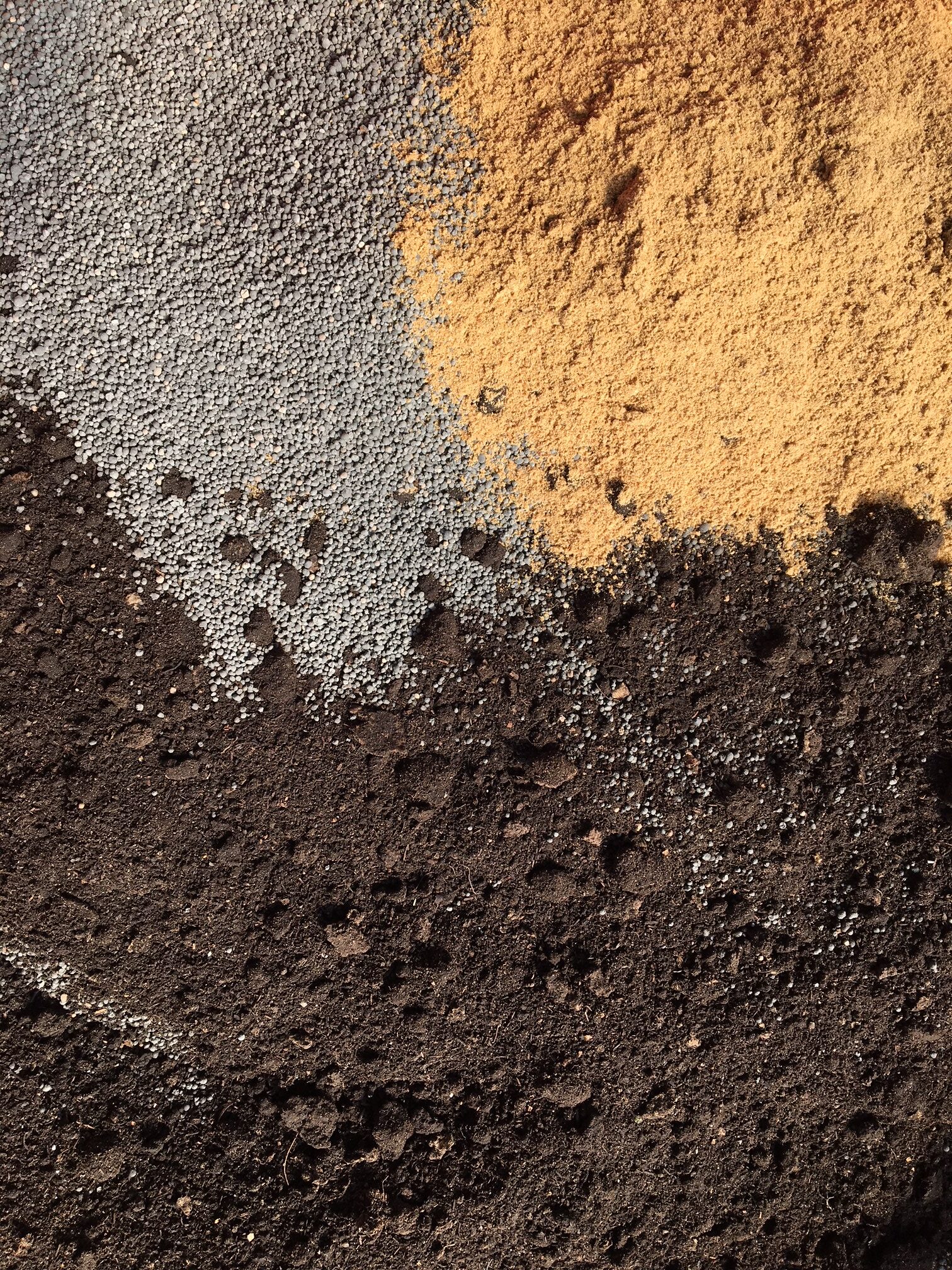
The type of soil has an influence
Not all floors heat up the same way. In spring, the heat of sandy soil increases faster than that of clay soil. In the fall, clay soil retains its heat longer than sandy soil. Depending on their clay, sand and humus content, loamy and humus soils heat up more or less quickly.
The air temperature may therefore be the same over different soils, but the roots will not be in the same temperature conditions. The risks of heat stress are therefore not the same.
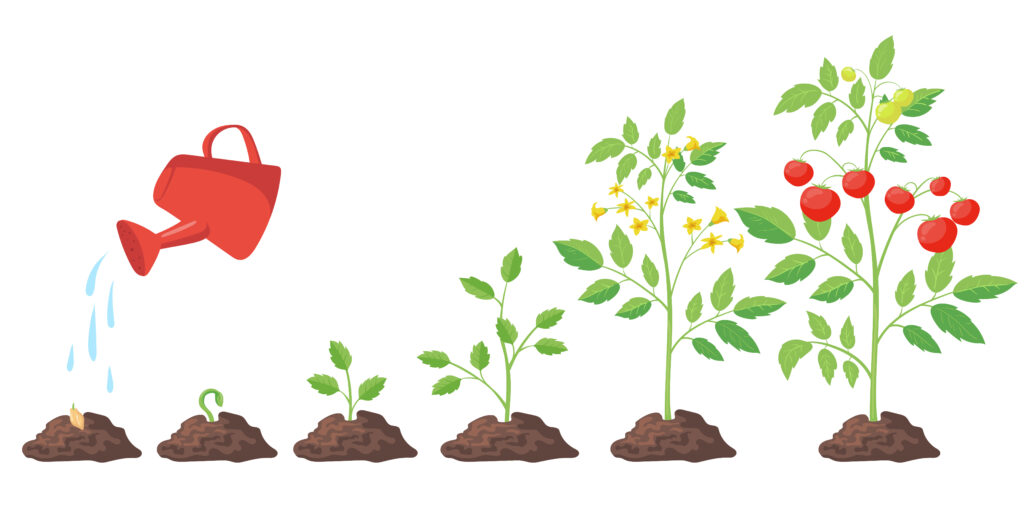
Soil Temperature for Seedlings Outdoors
Heat stress also applies during direct sowing in the vegetable garden. Although each plant species has its own soil temperature requirements, it is possible to group them according to their native climate. Plants from a temperate climate need to be sown at a minimum soil temperature of the vegetable garden in the ground or in a pot of 12 to 15°C, while those of tropical origin require 18 to 22°C.
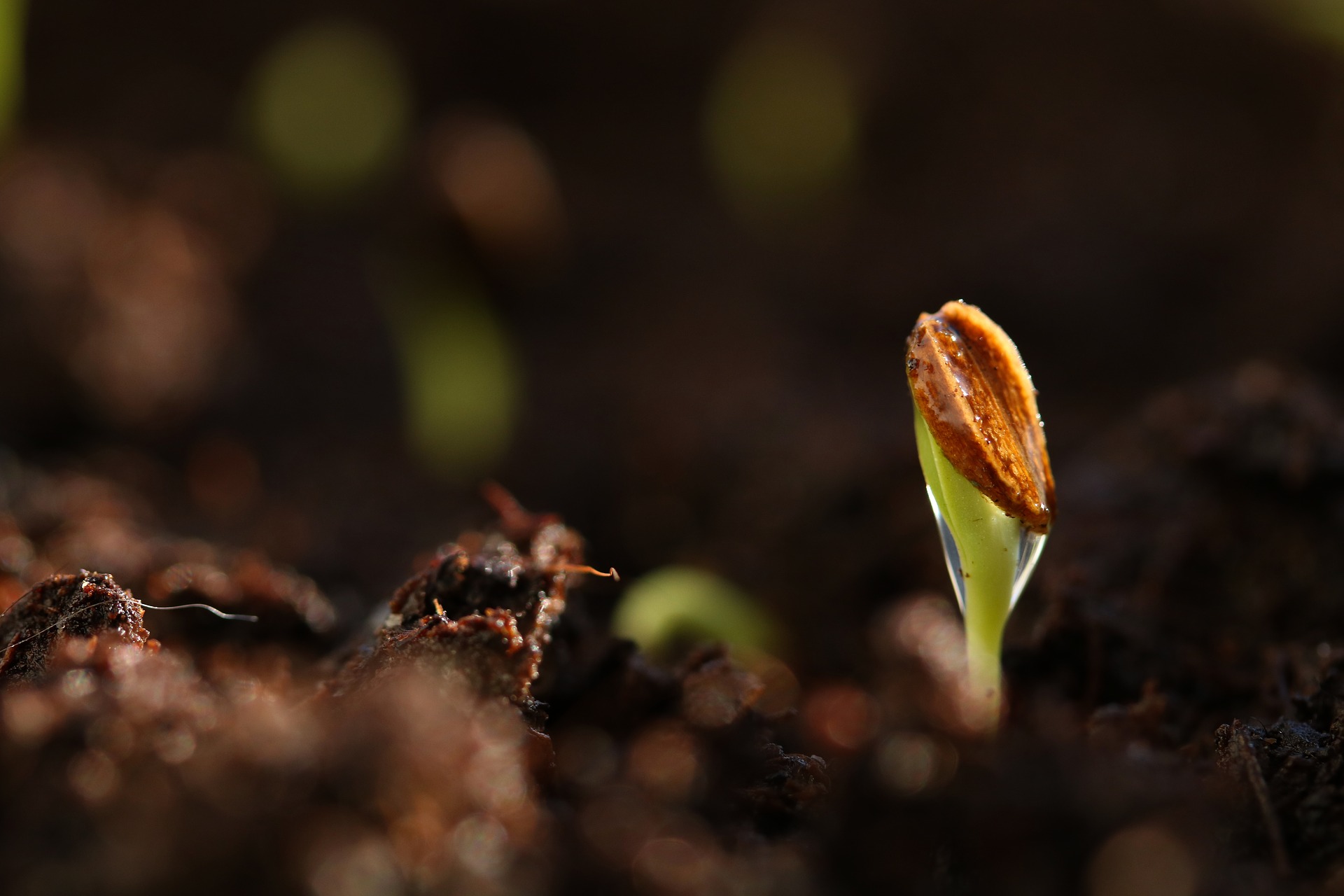
How to know the ground temperature?
For this we use a soil thermometer. You can either use a soil thermometer , a compost thermometer.
The latter has the advantage of having a longer stem and thus meets two uses.
These thermometers can be used both indoors and outdoors.




